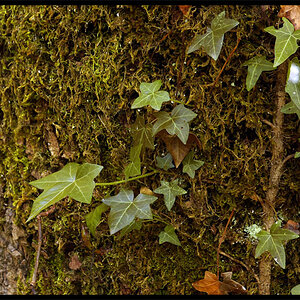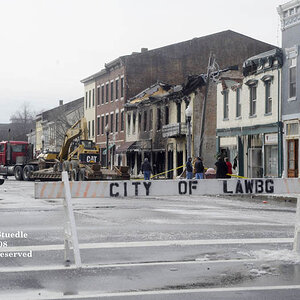Garbz
No longer a newbie, moving up!
- Joined
- Oct 26, 2003
- Messages
- 9,713
- Reaction score
- 203
- Location
- Brisbane, Australia
- Website
- www.auer.garbz.com
- Can others edit my Photos
- Photos NOT OK to edit
I present to you the camera we just bought at work. Here's a picture. Try and guess it's purpose. No it's NOT waterproof. And to give you an indication of the size of it it's bigger than a 1D or D3 and in width wise is probably slightly bigger than a Hassey H3D. Don't be fooled by the buttons. You can't reach the shutter release button with your hand on the grips on the side. (The person who designed that needs to be belted over the head with this camera, ... or probably was)





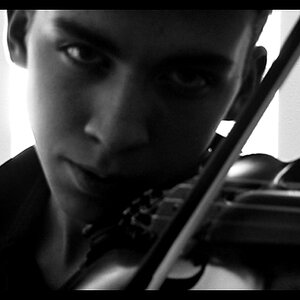
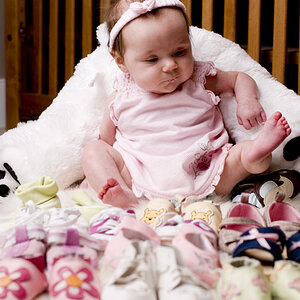
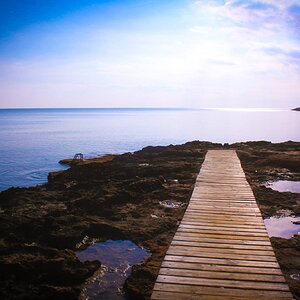
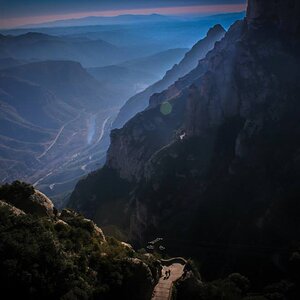
![[No title]](/data/xfmg/thumbnail/33/33496-cbbeddf3051451b7c3d3db2cd5ed1dc0.jpg?1619736004)

